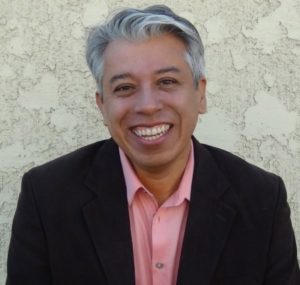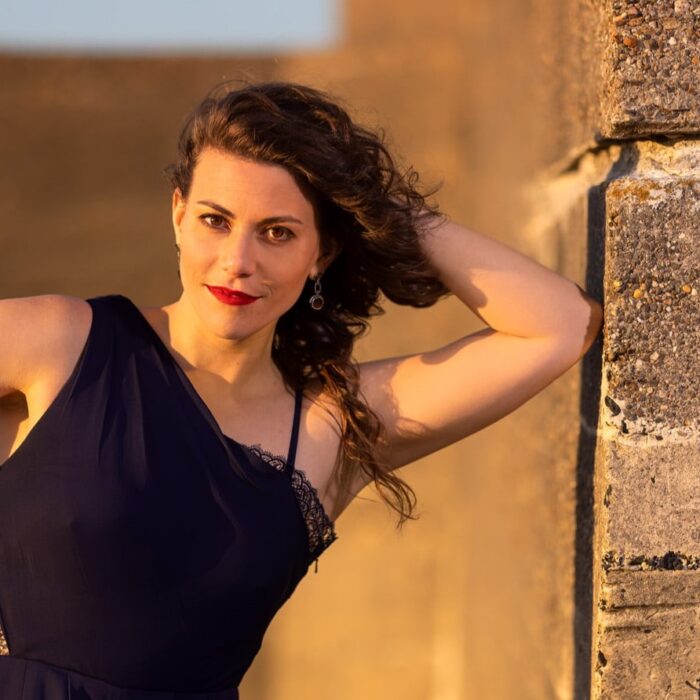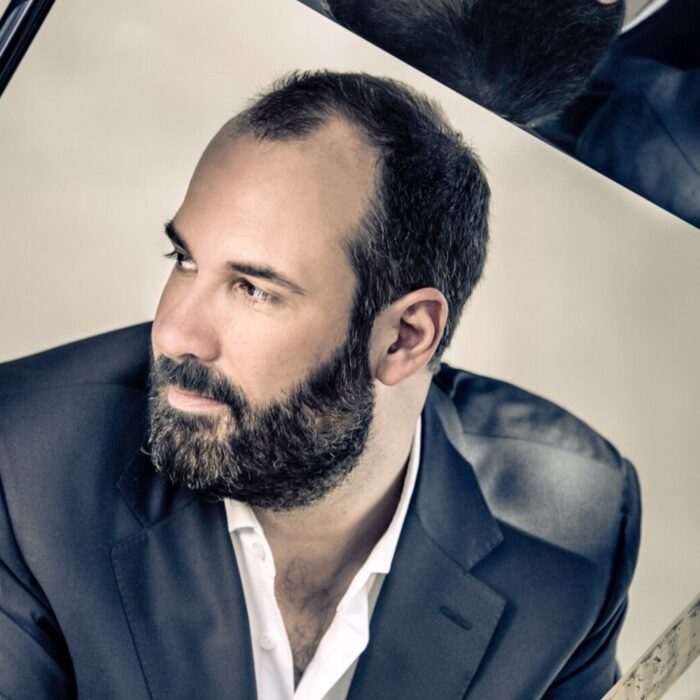
Q & A: Hector Armienta on ‘El Camino’ & Making an Animated Opera
By Francisco SalazarLast month, Hector Armienta’s animated opera “Mi Camino” premiered for audiences around the world. The work represented one of the first animated operas in the industry and showcased the stories of migrant Latino farmworkers during the pandemic.
The Mexican American composer has garnered recognition around the United showcasing works with the Pacific Symphony, Oakland East Bay Symphony, and Western Stage Theater as well as the Fort Worth Opera and many more institutions.
With “El Camino,” Armienta went back to his Mexican roots.
The composer spoke to OperaWire about the innovative experience and the challenges of telling the stories of these migrant workers through opera.
OperaWire: Tell me about the origins of the work?
Hector Armienta: The idea came about in April 2020 and we were originally going to do a live piece on the dreamers and I was going to do interviews here and then go to Mexico City and interview people that were deported. It really is a companion piece to another piece that is called “Cuentos de Peregrinacion” which is about people who come from Mexico and moved to San Jose. And then during the pandemic, I realized that we were not going to do a live performance. Then with all the news, you didn’t see what was going on with all of the farmworkers, so I switched gears and I decided to work on that. And that was the reason that “El Camino” came about.
OW: Tell me about the interviews you did and how you found the people you based the work on? What were some of the specifics you were looking for?
HA: Well, we work with different social service organizations and we try to get as much of the community to come to see our work. So we reached out to Harvest Food Bank and they provide food services to communities and there was one in Gilroy. Gilroy is a farm working community and a lot of Latinos live there. We also worked with a community called ALAS, which is known for its training programs for Latinos. They switched over to giving them food and helped them with grants. The city of San Jose also helped us locate people.
In the beginning, a lot of them didn’t want to be interviewed because of their fears, and to give incentives we provided stipends if they were willing to be interviewed. A couple didn’t want to be seen so we interviewed them via phone. There was one woman whose story was more about cleaning houses and all her work. There is a piece called el “Diez de Marzo,” which is the day that she got called by her employers saying that they didn’t want her to come in. And her story is quite sad. And then I worked with ABC News and he would video record them and I would video interview them via zoom.
OW: How did you get them to be comfortable when you interviewed them?
HA: We were very clear about what it was we were doing and why we needed them. And we told them they could be video recorded if they wanted or they could be masked. I have worked a long time in the community and I was very careful about what I was asking and I think they knew I was sincere. It was difficult and the guys were a little more skeptical and they didn’t want to answer too many questions. But eventually, they opened up to me to tell their story. I encouraged them and I told them how much I appreciated the time.
OW: Tell me about the process of writing the libretto, creating the music, and the avatar world. What came first, the animation or the music?
HA: This is a song cycle opera and I call it an animated opera. But I think that each aria is like a two to three-minute film and they are all in different locations and all have different storylines. But the overall arc of the story is farmworkers in the pandemic. That is what ties the work together.
When I started working on the libretto, I would look at the videos and I had someone help me with the transcription because I don’t speak Spanish well. So they transcribed it for me and then I looked through important themes in each interview and the story in it. That is the way I developed the text and then I wrote the music. Afterward, I started working on creating the avatars. There is a program where you can actually take pictures of people and then create an avatar based on their image. So the avatars kind of look like opera singers. And then I created the virtual world in another program.
I am used to working with a live orchestra but for this, I used a virtual orchestra and that was a completely new world and I had to learn about it. I had a consultant export it and then we did the audio recording. We had the singers go into a video recording studio and that was quite interesting. Someone took that video and imported it into the virtual world that I created. It was quite a long process.
OW: Tell me about the casting process. Did you write the work for these three particular singers?
HA: The mezzo-soprano Deborah Martínez Rosengaus is a Latina born here with her family from Mexico City and the tenor Emmanuel Mercado is from Mexico and wasn’t working too much as a singer anymore. But I found him through a colleague. I love Cecilia Violetta López and her story really is so important to the authenticity of this work because she comes from a farm working family. I was happy to be able to have her as part of the project.
When we did the recording, we hadn’t rehearsed at all and when I told her about the aria she was singing, “Somos Familia,” Cecilia started to cry because it was about this woman who had so many dreams but in a way gave them up to help her brother. Cecilia had a connection to it from her own life. So having her participate gave it a lot of reality and authenticity and she is just such a great singer and one of the best we have.
OW: When you were recording, what was the biggest challenge because it was done from afar?
HA: When I work with singers I always learn from them. They are the best instructors and my writing is always improved by working with them. They can interpret things and it is very different in hearing what you wrote with the singer. There is a uniqueness and when I premiere a new piece, I try to adapt it or make changes. With this recording process, I did not have that opportunity. If the singers would have been able to meet, I would have relied on them for some of these changes. We were able to make some changes with the dynamics, the rallentandos, and where they needed more time. It was hard for me.
The recordings that they also got were set and they couldn’t make adjustments. With a conductor, you can do that, but here they had to follow the click tracks. That was a big challenge for them. The other thing was that the tracks that they got had no dynamics because that would happen afterward with the mixing process.
OW: Are there plans for a live performance of the piece?
HA: Yes! We are in contact with a company in Mexico City about performing it live there. And then the goal is to bring it back to the U.S. for a much larger production which would include the three singers, live orchestra, and some of the virtual footage as scenic background. That is the dream and I hope we can do it.


